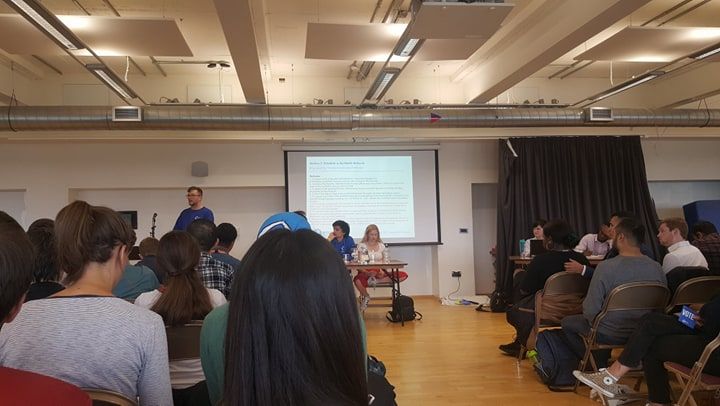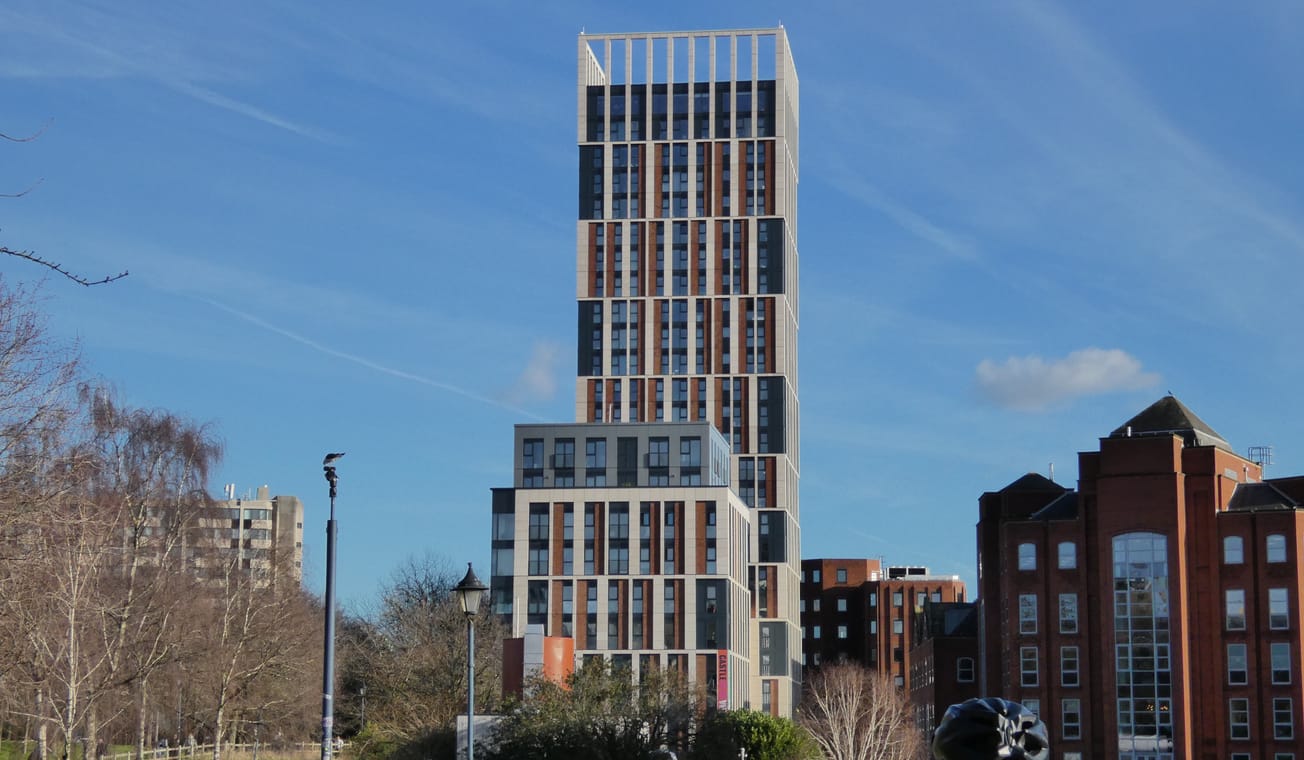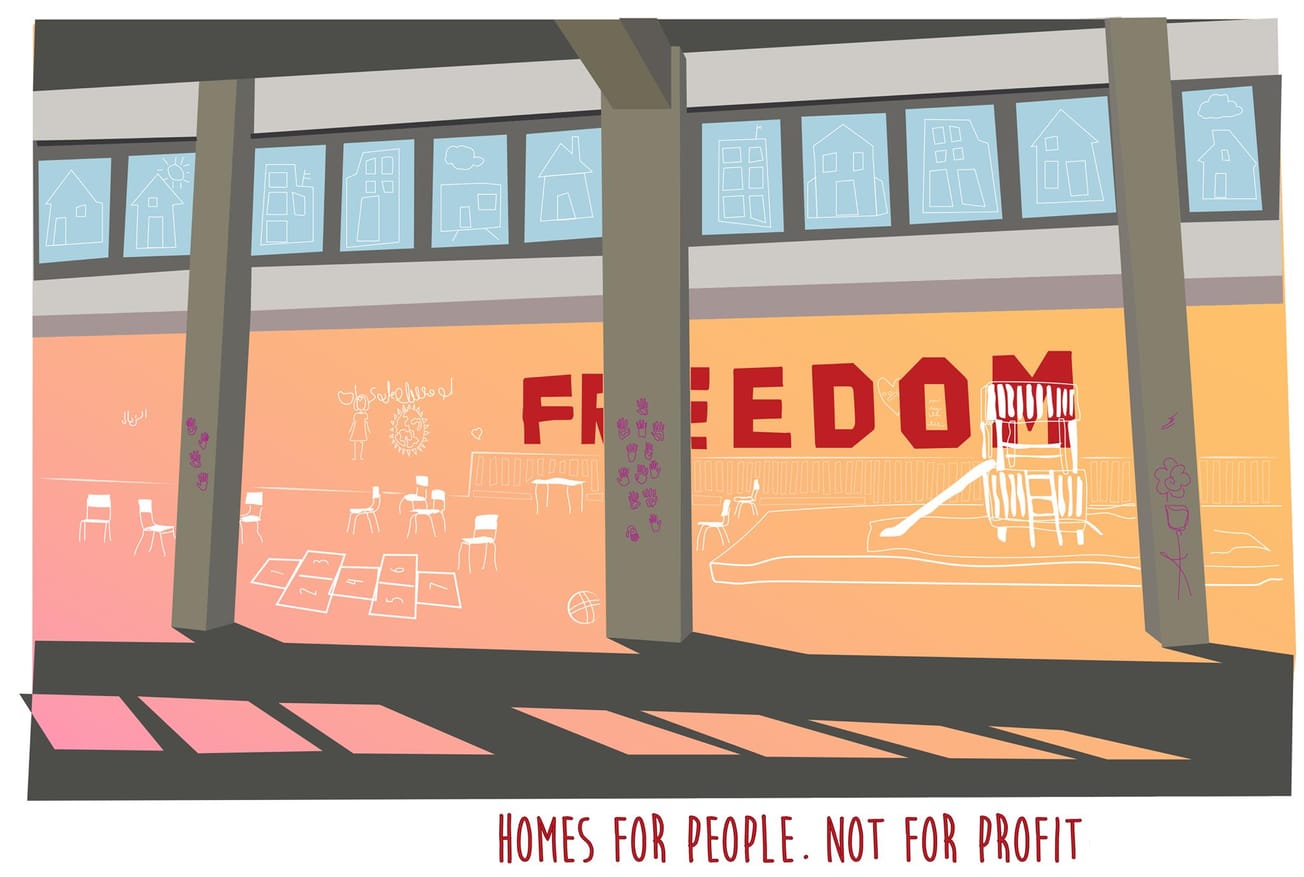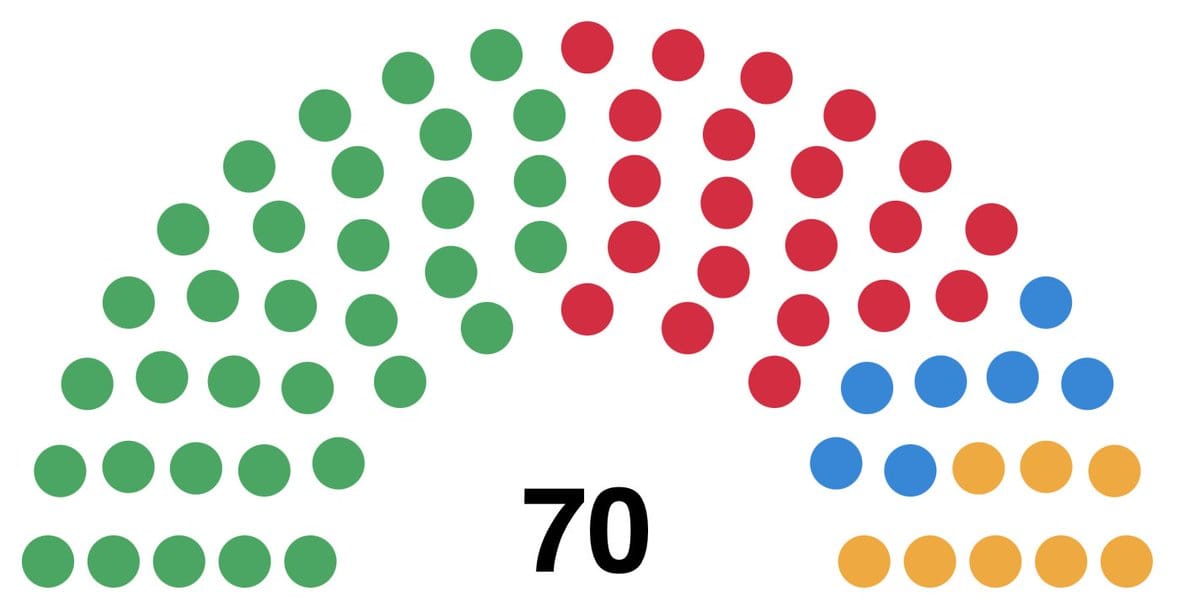By Ellie Brown, Politics and Sociology
An examination into why involvement in student elections is so low despite clear engagement in student politics
Students have many things to be angry about. High tuition fees, a lack of affordable accommodation, poor mental health services and striking lecturers are just some of the issues that students have faced in 2018. Student politics, particularly within the NUS, could be a way to resolve some of these issues. Yet turnout for student elections continues to be low.
Overall, participation in student politics at Bristol University has been steadily increasing. Yet the 2017-2018 academic year was marked by lows as well as highs. Whilst turnout in term one elections reached a record high of 11 per cent in October 2017, Student Council meetings were not well attended which meant that the motions put forward at Council could not be ratified. Bristol SU’s full-time officers, therefore, were not able to carry out these policies.
The increased number of roles on offer in the March elections, coupled with their greater prestige, may explain why candidates have more visible campaigns around that time
October’s student elections saw a turnout of 10.57 per cent. While this is close to the record achieved last year, it is still low by any democratic standard. The October elections are arguably just as important as the March ones. Roles elected at this point include first year and postgraduate course reps, members of hall JCRs, and wider SU roles such as the Democratic Standards Committee and Bristol’s NUS delegates.
However, it seems the first two roles attracted more interest than the last two: of the 3349 students who voted, 853 were postgraduates and 1789 first year undergraduates. This means that only 700 or so students from other years voted for the wider SU roles, despite their importance in forming local and national policy.
Thank you for voting in our recent elections - Over 3000 of you voted!
— Bristol SU (@Bristol_SU) October 30, 2018
Thank you for using democracy to get your voice heard and elect some fantastic candidates. You can find out who was elected here >> https://t.co/QCmg3JiImS #SUYesYou
Possible explanations for the low turnout in the October elections are numerous. Firstly, low turnout may be as a realist of candidates at Bristol University not reaching out enough to students. For Stanford, Bristol SU’s officer for Union Affairs, ‘the biggest factor in turnout is a talented collective of individuals getting the word out there and earning votes for themselves.’ The increased number of roles on offer in the March elections, coupled with their greater prestige, may explain why candidates have more visible campaigns around that time.
Additionally, there was relatively little coverage of the elections on student media sites, which contrasted with the March elections where candidates were interviewed and profiled. Furthermore, in October students had just returned from their holidays and were getting used to a new workload, living situation, and may have been trying out new societies meaning less time to engage with student politics.
**Numbers have been on the rise for the past three years, with 40 per cent of the student body voting in at least one election in the year 2017-18. **
However, while this would explain the bigger turnouts in Bristol’s March elections, it doesn’t account for the lack of interest in student politics across the UK. For example, no university elections besides that of St Andrews SU has ever had a turnout above 50 per cent and average turnout across the UK is around 17 per cent. These figures are concerning because they cast doubt on the NUS’s status as a democratic organisation.
This perception has led to a widespread discontent with the NUS: in 2016 students unions in Loughborough, Newcastle and Hull voted to disaffiliate with the union. Even more concerning is the theory that this disillusionment works like a self-fulfilling prophecy in that because students don’t feel heard, they don’t vote.
Latest from Epigram: Bristol elects new SU officers https://t.co/QWltPVFLak
— Epigram (@EpigramPaper) March 16, 2018
Apathy may also be caused by a lack of awareness of what the NUS can do for students, as, in the words of Stanford, delegates ‘do not have the automatic resonance of roles such as course rep and JCR president, as they are about national student dialogue rather than “my course” or “my halls.”’
Yet, apathy may not be the only reason why students don’t vote. Indeed, this was only true for 20 per cent of the students surveyed by the NUS in 2013. 30 per cent of students surveyed weren’t even aware of their elections, whilst another 20 per cent didn’t vote because they didn’t know where, when, or how.
Social media and online voting don’t seem to have fixed these problems yet.
The news is not all bad. Despite the continual low turnouts, there is evidence that Bristol SU is making progress in encouraging students to vote. Numbers have been on the rise for the past three years, with 40 per cent of the student body voting in at least one election in the year 2017-18.
Taken together, turnout for Bristol SU’s elections doesn’t look so bad after all. Indeed, Stanford is “not worried about turnout at Bristol SU.” Yet problems with turnout at student council, as well as UK-wide ambivalence towards the NUS, indicates that student participation in democracy must increase if it is to be effective.
Featured image: Epigram / Ollie Smith









